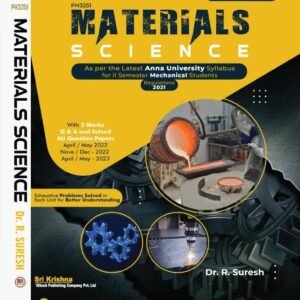UNIT I BASIC CIRCUITS ANALYSIS
Fundamentals concepts of R, L and C elements-Energy Sources- Ohm’s Law -Kirchhoff ‘s Laws – DC Circuits – Resistors in series and parallel circuits – A.C Circuits – Average and RMS Value – Complex Impedance – Phasor diagram – Real and Reactive Power, Power Factor, Energy -Mesh current and node voltage methods of analysis D.C and A.C Circuits.
UNIT II NETWORK REDUCTION AND THEOREMS FOR DC AND AC CIRCUITS
Network reduction: voltage and current division, source transformation – star delta conversion. Theorems – Superposition, Thevenin’s and Norton’s Theorem – Maximum power transfer theorem – Reciprocity Theorem – Millman’s theorem- Tellegen’s Theorem-Statement, application to DC and AC Circuits.
UNIT III TRANSIENT RESPONSE ANALYSIS
Introduction – Laplace transforms and inverse Laplace transforms- standard test signals -Transient response of RL, RC and RLC circuits using Laplace transform for Source free, Step input and Sinusoidal input.
UNIT IV RESONANCE AND COUPLED CIRCUITS
Series and parallel resonance –frequency response – Quality factor and Bandwidth – Self and mutual inductance – Coefficient of coupling – Dot rule-Analysis of coupled circuits– Single Tuned circuits.
UNIT V THREE PHASE CIRCUITS
Analysis of three phase 3-wire and 4-wire circuits with star and delta connected loads, balanced and unbalanced – phasor diagram of voltages and currents – power measurement in three phase circuits– Power Factor Calculations.








Reviews
There are no reviews yet.